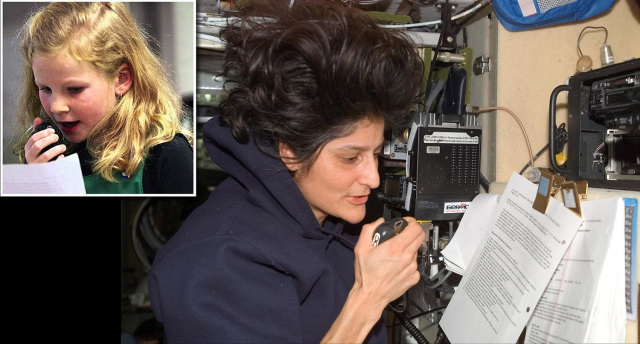NASA highlight the role of amateur radio in letting young people speak directly with astronauts and cosmonauts on the International Space Station:
An ARISS contact takes place as a part of a comprehensive suite of education activities. To prepare for an exchange, students study the space station and the research conducted there. They also learn about wireless technology, radio science, and satellite communication used for space exploration.
The space station must pass over these earthbound communicators during amateur radio transmissions in order to relay signals between the space station’s ham radio and ground receivers. Other factors affect the timing of scheduled contacts, including weather, crew availability, and the schedules of visiting vehicles.
These ham radio conversations usually last about 10 minutes. Crew members answer questions from students as they and community members look on. During a pass, the crew can answer an average of 18 questions, depending on their complexity.
Ham radio on the space station connects and inspires students in four ways: providing first-hand education about life in space, directly connecting students with space station crew, sharing amateur radio technologies, and building global partnerships.
Read the full NASA story at
https://www.nasa.gov/mission_pages/station/research/news/b4h-3rd/ge-inspiring-youth-with-space-science
Click here for original story, Inspiring Youth with Science in Space
Source: Amsat UK
